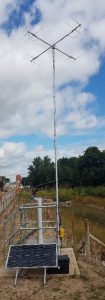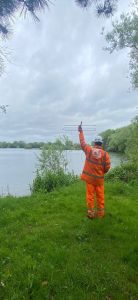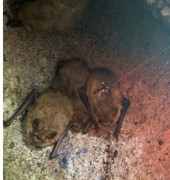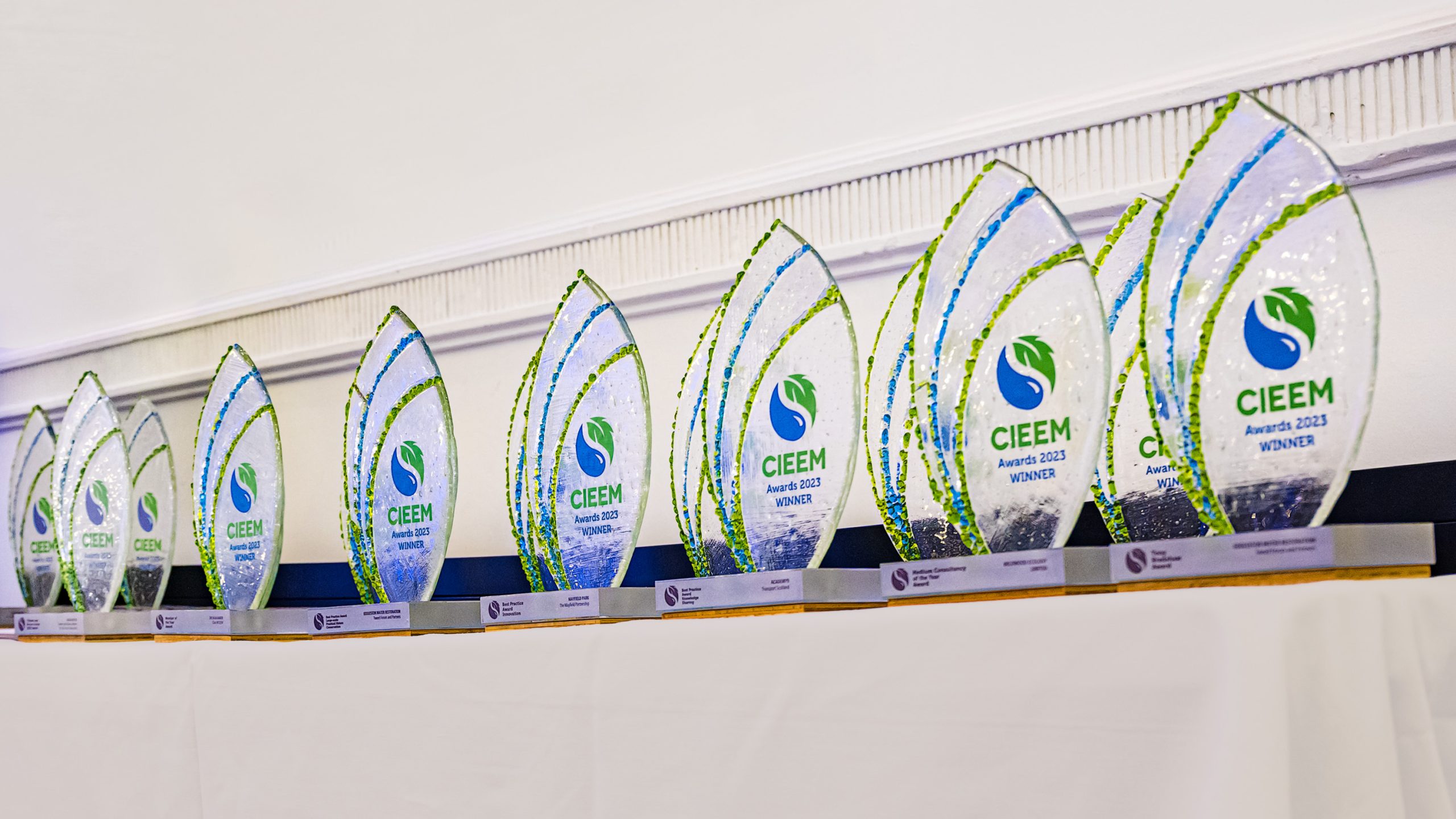2024 Award Winner’s Spotlight: Best Practice Award: Innovation
Jacobs
Project Name: Innovative radio tracking: an approach to remote data collection
This award was sponsored by:
![]()
Radio-tracking bats has long been a vital method for understanding their behaviour and habitat use, crucial for conservation efforts and mitigating human impacts. However, traditional radio-tracking methods are labour-intensive, often involving long nights of fieldwork, which come with inherent safety risks and limitations to data collection.
During the construction of HS2 Phase One in the Colne Valley, there was a need for monitoring bats under an organisational license. In response, Jacobs, working for ALIGN, introduced a groundbreaking approach: a remotely accessed and automated radio-tracking logger system. This system aimed to monitor the movement and roosting behaviour of radio-tagged bats within the licence area, spanning several years. HS2’s commitment to long-term monitoring and innovation supported this initiative.
The logger system consists of six loggers strategically deployed throughout the licence area, each equipped with four directional aerials, collectively covering approximately 800 hectares. These loggers continuously record tag frequency, direction, and signal strength whenever a tagged bat comes within range. The data collected is extensive, allowing for location data to be gathered every 15 seconds from multiple bats simultaneously. This detailed information provides insights into bat movements, roosting behaviour, and interactions between individuals.
 Before implementation, the methodology was carefully assessed, discussed, and agreed upon with stakeholders, including Natural England and The Wildlife Trust. This ensured that the methodology was scientifically robust and cost-effective. Specialised apps were used to match up bearings between loggers, resulting in high-resolution maps illustrating how bats use the landscape.
Before implementation, the methodology was carefully assessed, discussed, and agreed upon with stakeholders, including Natural England and The Wildlife Trust. This ensured that the methodology was scientifically robust and cost-effective. Specialised apps were used to match up bearings between loggers, resulting in high-resolution maps illustrating how bats use the landscape.
Compared to traditional radio-tracking techniques, which typically yield several hundred triangulated points over the lifetime of a radio-tag, this innovative system collects tens of thousands of data points. Notably, the costs of installing the system and analysing the data are lower than conventional methods, with significant safety benefits stemming from reduced night work on construction sites.
The benefits of this system extend beyond conservation; it has powerful commercial applications as well. Real-time feedback on construction impacts on bats allows for agile responses in implementing mitigation measures such as adjusting lighting and noise levels. Moreover, the system can detect real-time changes in population movements in response to construction activities, offering valuable insights for commercial purposes.
This approach enhances safety by reducing the need for extensive night-time fieldwork and associated journeys, thus mitigating risks for field teams and reducing the project’s carbon footprint. One of the main benefits to the system is the reduction in time for people collecting the radio-tracking data in the field. Over 500 hours of night-time field work were avoided as well as the associated journeys. By using the logger systems, it was possible to remove the majority of the night-time manual radio-tracking effort. This saves a significant number of car journeys as traditional methods are labour intensive and require multiple journeys made by three teams through the night to obtain the data which can be obtained remotely with the logger system, removing the need for this. As well as reducing the carbon footprint of undertaking this work, this approach reduced the pressure on field surveyors during the traditionally busy time of year resulting in less risk of fatigue making it sustainable in terms of both environment and resources.
The successful implementation was only possible with HS2’s commitment to monitoring and supporting innovation, and collaborative working between ecology, environment and construction managers. The agreed approach is replicable between monitoring years and contractors ensuring the project objectives and data collection can be sustained going forward. The cost savings per monitoring session also enable this to be an approach that is sustainable and used in the long-term.
The high-resolution data provided by this system enables more robust conclusions and greater understanding of landscape use by bats. It can inform impact assessments, guide mitigation measures, and enhance monitoring efforts. Manufactured by Plecotus Solutions, the loggers are commercially available and continuously improved, making them accessible for various projects and species.
In conclusion, the remotely accessed and automated radio-tracking logger system represents a significant advancement in bat monitoring and conservation efforts. Its scalability, cost-effectiveness, and safety benefits make it a valuable tool for both conservation and commercial projects. By providing detailed insights into bat behaviour and habitat use, this innovative system contributes to informed decision-making and sustainable development practices.
